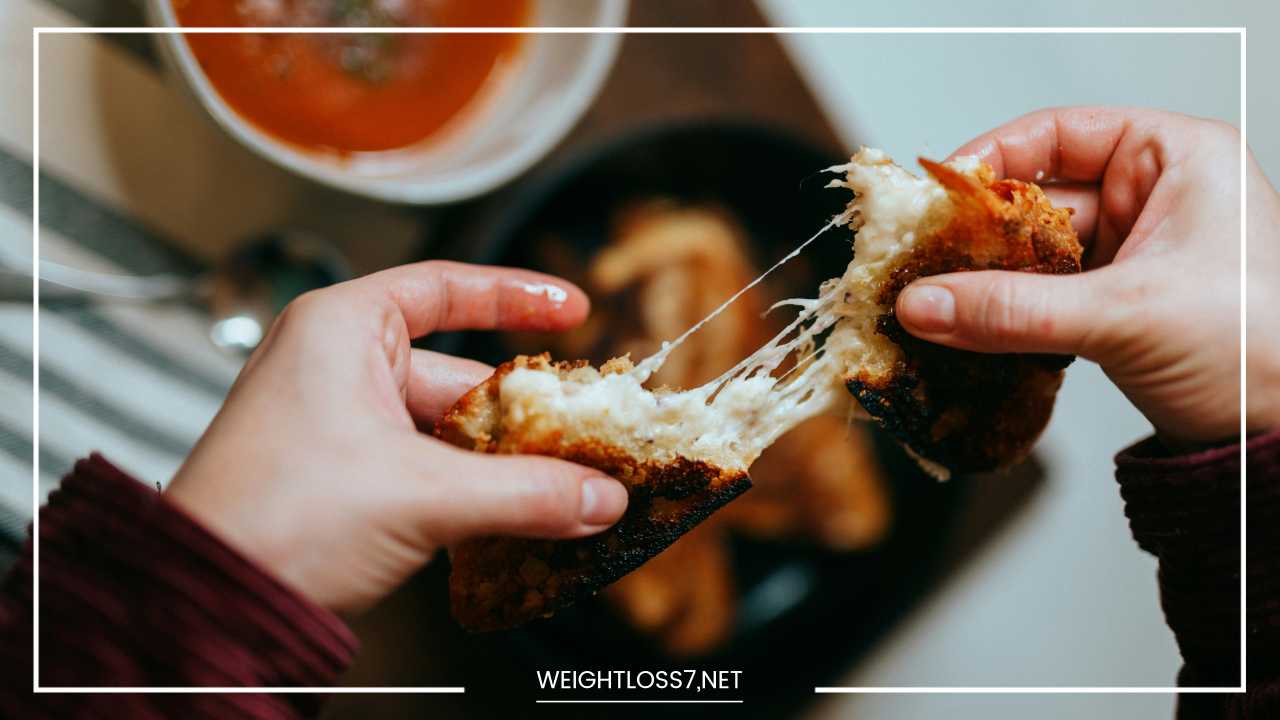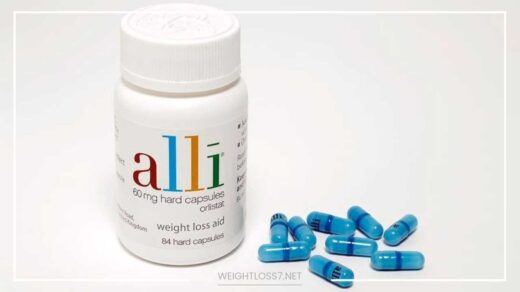Healthy Snacks for Kids After School

Healthy Snacks
Healthy Snacks for Kids After School: Fueling Fun and Focus
The 3:00 pm slump. It’s a familiar foe to parents everywhere. The school bell rings, hungry kiddos burst through the door, and the first thing they usually ask is, “What’s for a snack?”
While cookies and chips might seem like a quick fix, reaching for healthy after-school snacks sets your kids up for success.
These snacks provide the energy they need to power through homework, after-school activities, and playtime. They also contribute to healthy growth and development.
This guide is your one-stop shop for after-school snack inspiration! We’ll explore:
- Why After-School Snacks Matter
- Building a Balanced Snack
- Creative & Fun Snack Ideas
- Fruits & Vegetables
- Whole Grains
- Protein & Dairy
- Sweet Treats (Done Right!)
- Tips for Keeping Snacks Healthy & Fun
- Meal Prep Hacks for Easy Snacking
- Bonus: Fun Snack Presentation Ideas!
Let’s dive in and make those after-school hours a healthy and happy time!
Why After-School Snacks Matter
After a long day of learning and playing, kids’ energy levels dip. After-school snacks bridge the gap between lunch and dinner, providing them with the fuel they need to:
- Stay energized: Snacking replenishes blood sugar levels, preventing fatigue and crankiness.
- Focus on homework: Having enough energy helps kids concentrate on schoolwork or after-school activities.
- Maintain healthy growth: Snacks contribute essential vitamins and minerals for development.
- Develop healthy eating habits: Regular, balanced snacks can help establish healthy patterns for life.
The Importance of Balance
Not all snacks are created equal. Aim for a balanced snack that combines:
- Carbohydrates: Provide energy for immediate needs (fruits, whole grains).
- Protein: Keeps kids feeling full and promotes muscle growth (nuts, seeds, cheese, yogurt).
- Healthy fats: Promote satiety and support brain function (avocados, nut butter, olives).
Creative & Fun Snack Ideas
Now for the fun part – the snacks themselves! Here are some healthy and kid-approved options:
Fruity Fun:
- Fruit skewers: Thread sliced apples, pears, grapes, and berries onto skewers for an easy grab-and-go snack. Drizzle them with a touch of honey or yogurt dip for extra sweetness.
- Rainbow fruit salad: Chop up a variety of colorful fruits like watermelon, cantaloupe, pineapple, and kiwi. Add a dollop of whipped cream or Greek yogurt for a creamy contrast.
- Frozen fruit pops: Blend your kids’ favorite fruits (bananas, berries, mango) with a splash of water or yogurt. Pour the mixture into popsicle molds and freeze for a refreshing after-school treat.
- Apple nachos: Slice an apple and top it with a dollop of nut butter, a sprinkle of mini chocolate chips, and a few dried cranberries.
Veggie Power:
- Vegetable sticks with hummus: Dip baby carrots, cucumbers, bell pepper strips, or cherry tomatoes into creamy hummus for a satisfying protein-and-fiber combo.
- Ants on a log: Fill celery sticks with peanut butter or almond butter and top them with raisins for a classic healthy treat.
- Edamame pods: Steamed or roasted edamame pods are a fun, salty, and protein-rich snack. Sprinkle them with a touch of sea salt or furikake seasoning (a Japanese blend with seaweed).
- Veggie smoothie: Blend together spinach, frozen banana, yogurt, and a splash of milk for a delicious and nutritious smoothie.
Whole Grain Goodness:
- Whole-wheat crackers with cheese slices: This classic combination provides a good dose of complex carbohydrates and protein.
- Trail mix: Make your own healthy trail mix by combining whole-grain cereal, nuts, seeds, and dried fruit. Customize it based on your kid’s preferences!
- Popcorn: A great source of fiber, air-popped popcorn is a healthy and satisfying snack. Drizzle it with a touch of olive oil for extra flavor, or sprinkle it with nutritional yeast for a cheesy twist.
- Whole-wheat tortillas with veggies: Spread a thin layer of hummus on a whole-wheat tortilla. Add sliced cucumber, bell peppers, and cheese for a wrap-up snack.
Protein & Dairy:
- Hard-boiled eggs: A classic source of protein and healthy fats. Kids love colorful deviled egg variations as well.
- Greek yogurt parfait: Layer Greek yogurt with berries, granola, and a drizzle of honey for a protein-packed and delicious parfait.
- String cheese and apple slices: A simple and satisfying snack that combines protein and fiber. Packaged babybel cheese rounds are a fun option for younger kids.
- Mini turkey and cheese roll-ups: Spread a thin layer of cream cheese on whole-wheat tortillas. Add sliced turkey and roll them up for a protein-packed snack that’s easy to take on the go.
- Cottage cheese with fruit: Cottage cheese offers a good dose of protein, while fruit adds sweetness and vitamins. Top it with sliced peaches, berries, or a sprinkle of pineapple.
Sweet Treats (Done Right!)
While sugary snacks might seem tempting, you can still satisfy your kid’s sweet tooth with healthier options:
- Homemade fruit and nut bars: These are easy to make and can be customized with your kids’ favorite ingredients. Combine rolled oats, nut butter, honey, and chopped dried fruits like cranberries or raisins. Bake them for a chewy and delicious treat.
- Frozen yogurt bites: Blend together Greek yogurt, frozen fruit, and a touch of honey. Pour the mixture into mini muffin tins and freeze for a healthy and refreshing frozen treat.
- Dark chocolate-covered fruits: Dip strawberries, bananas, or orange slices in melted dark chocolate (at least 70% cacao) for a satisfying and antioxidant-rich snack.
- Dates with nut butter: Medjool dates are naturally sweet and provide a good source of fiber. Fill them with a dollop of nut butter for a protein boost.
Beyond the Basics: Allergy-Friendly and Dietary Restrictions
Many kids have allergies or follow specific dietary restrictions. Here are some tips for creating healthy after-school snacks for everyone:
- Nut allergies: Opt for sunflower seed butter, tahini (sesame seed paste), or soy butter as alternatives to peanut butter. Consider sunflower or pumpkin seeds for a protein and healthy fat source.
- Dairy allergies: Explore dairy-free yogurt alternatives made from coconut milk, soy milk, or almond milk. Look for cheese alternatives like Daiya or Follow Your Heart for snacks like cheese sticks or crackers with cheese.
- Gluten-free needs: Choose gluten-free crackers, bread, or wraps. Many brands offer delicious options made from rice flour, almond flour, or chickpea flour.
- Vegan options: Use plant-based yogurt alternatives, hummus made with chickpeas, or edamame pods for protein. Edamame also provides healthy fats.
Tips for Keeping Snacks Healthy & Fun
- Get your kids involved: Let your kids help you choose ingredients and prepare snacks. This can make them more excited to eat them!
- Portion control: Keep serving sizes reasonable to avoid overeating. Use small plates or bowls and pre-portion snacks into containers for grab-and-go convenience.
- Variety is key: Offer a variety of snacks throughout the week to keep things interesting and ensure your kids get a good mix of nutrients.
- Make it fun! Cut fruits and vegetables into interesting shapes using cookie cutters. Arrange snacks in a creative way on plates or create fun themes (like “Under the Sea” with blue fruit snacks and goldfish crackers).
Meal Prep Hacks for Easy Snacking
Planning and prepping snacks ahead of time can be a lifesaver on busy weekdays. Here are some tips:
- Wash and chop fruits and vegetables in advance: Store them in airtight containers in the refrigerator for easy grab-and-go snacking.
- Hard-boil a batch of eggs on the weekend: They’re a quick and protein-packed snack throughout the week.
- Portion out yogurt, granola, and fruit for parfaits: Store them in individual containers in the refrigerator for a ready-made snack.
- Bake a batch of energy bites or homemade granola bars: They’ll be readily available for after-school hunger pangs.
- Prepare trail mix in a large container: This way, you can easily scoop out a portion for a quick snack.
Bonus: Fun Snack Presentation Ideas!
- Create a DIY snack bar: Set up a designated area with different containers filled with pre-portioned snacks. Let your kids choose what they want to create their own personalized snack plate.
- Make themed snack plates: Use cookie cutters or molds to cut fruits and vegetables into fun shapes. Arrange them in a creative way on a plate for an engaging presentation.
- Get creative with containers: Ditch the boring plastic bags and use fun containers like reusable bento boxes or colorful paper snack cups.
We hope this guide equips you with the knowledge and inspiration to create healthy and fun after-school snacks for your kids! Remember, small changes can make a big difference in their overall well-being and energy levels.
By incorporating these tips and tricks, you’re not just fueling their bodies for the rest of the afternoon, you’re also laying the groundwork for a lifetime of healthy eating habits.
So get creative, have fun with it, and enjoy making snack time a positive and bonding experience for you and your children!
Beyond the Plate: Keeping Kids Hydrated
After-school snacks are important, but don’t forget about hydration! Here are some tips for keeping kids hydrated throughout the afternoon:
- Water is key: Encourage your kids to drink plenty of water throughout the day. Invest in a reusable water bottle with fun designs or motivational quotes to make it more appealing.
- Infused water: Add slices of cucumber, lemon, berries, or mint leaves to water for a refreshing and flavorful twist.
- Frozen fruit in water: Add a handful of frozen berries or grapes to a glass of water for a touch of sweetness and a fun way to keep it cool.
- Sparkling water: Opt for unsweetened sparkling water for a bubbly option that’s still healthy.
Encouraging Healthy Habits: Making Snack Time a Learning Experience
Snack time can be a valuable opportunity to teach kids about healthy eating habits. Here are some ways to do this:
- Talk about nutrition: Explain how different foods fuel their bodies and help them grow strong. Encourage them to choose snacks from different food groups for a balanced diet.
- Read food labels together: Teach them how to read labels and understand basic information like serving sizes, sugar content, and ingredients.
- Grow your own food: Plant a small herb garden or vegetable patch together. Kids are more likely to try new foods if they’ve helped grow them themselves.
- Visit a farmer’s market: Expose them to the variety of fresh produce available and let them choose fruits and vegetables they’d like to try at home.
Addressing Picky Eaters: Strategies for Success
Dealing with picky eaters can be frustrating. Here are some tips for encouraging them to try new healthy snacks:
- Offer choices: Give them a few options to choose from within a healthy category.
- Make it fun: Use cookie cutters to cut foods into interesting shapes, or create a “mystery snack” game where they have to guess the ingredients blindfolded.
- Lead by example: Let your kids see you eating healthy foods and enjoying them.
- Be patient: It takes time for kids to develop a taste for new foods. Don’t force them to eat something they dislike, but keep offering it in different ways.
The Final Bite: Healthy Snacking for a Healthy Lifestyle
By establishing healthy after-school snack routines, you’re setting your kids up for success. With a little planning and creativity, you can provide them with the fuel they need to thrive while fostering a positive relationship with food.
Remember, healthy snacking is just one piece of the puzzle. Encourage a balanced diet, regular physical activity, and sufficient sleep for optimal health and well-being.
We hope this comprehensive guide has empowered you to create a fun and healthy after-school snacking experience for your kids!

















